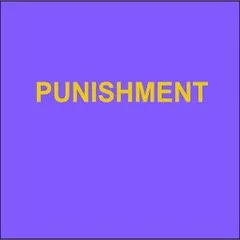By Chinwike Okereke, Adrià Cots Fernández & Maria-Goretti Loglo
This briefing paper by IDPC and the African Law Foundation (AFRILAW) presents new evidence on the physical and mental violence faced by people who use drugs in Nigeria, both at the hands of law enforcement agents and in drug treatment centres. Drawing on desk research and on a survey of 79 people who use drugs and other stakeholders in Nigeria, the papers shows that in Nigeria people who use drugs are routinely subject to physical, mental and sexual violence, sometimes meeting the definition of torture or ill-treatment under international law. Many respondents highlighted the gendered aspect of these forms of torture and ill-treatment, while others pointed to a disproportionate impact on those marginalized on the basis of poverty or status. Although the occurrence of violence is widespread and well known, only one survey respondent brought a formal complaint, and none achieved any form of compensation or redress. The report concludes with a series of recommendations on how to prevent and provide redress for the forms of torture and ill-treatment documented in this report. We emphasise the need to reform laws and policies that criminalise people who use drugs, and to ensure access to voluntary, evidence-based, and rights-based drug treatment and harm reduction services.
London: International Drug Policy Consortium, 2022. 24p.





















